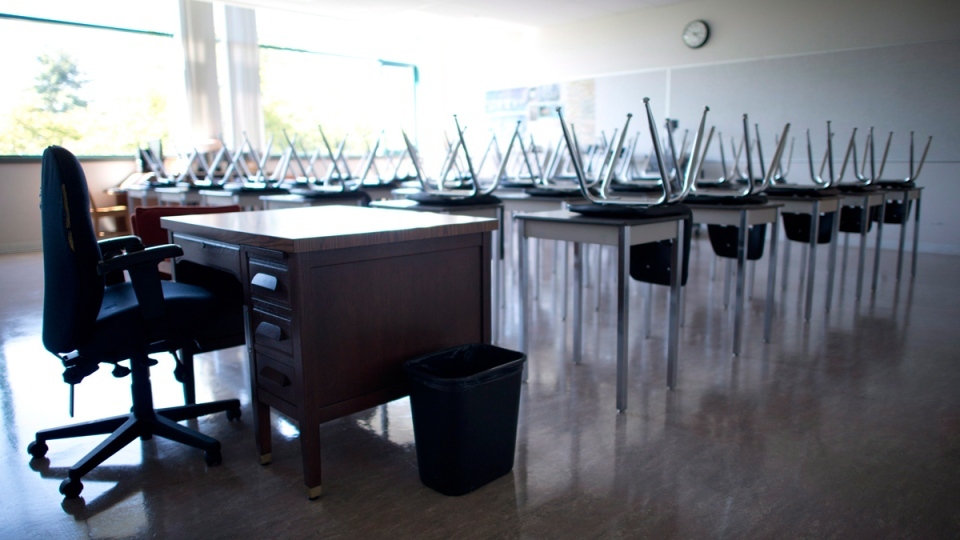A neuroscientist says summer break is too long for kids’ brain development. Here’s the science of why
It’s a time beloved by worn-out students, teachers, and Alice Cooper, alike.
After a year of reading, writing, and arithmetic, two months of summer vacation can seem just what the doctor ordered.
That’s not the case for Sarah Baldeo, a neuroscientist and TED speaker, who believes summer break should be shortened.
Before you grab your pitchforks, kids, hear her out.
According to Baldeo, developing brains that take that amount of time off do a bit of housekeeping, getting rid of neural synapses they are not using.
“So you’re actually losing brain cells over time,” Baldeo explained in an interview on CTV Morning Live Winnipeg.
 The province said thanks to a $400,000 investment in five programs, students in grades one to 12 have received extra support to improve their learning skills over the summer. (File Image)
The province said thanks to a $400,000 investment in five programs, students in grades one to 12 have received extra support to improve their learning skills over the summer. (File Image)
It makes sense intuitively, she said, considering it generally takes kids about eight weeks after going back to school to return to neural learning mode.
Adolescents are hit particularly hard by the so-called summer slide, she said. In addition to brain growth, they’re also contending with hormones coursing through their bodies.
“You’ve got their brain going through neural pruning. You’ve got them home, potentially, sitting on their laptops or their iPads,” she said.
“So think about the brain under those conditions. Adolescents are suffering the most, which obviously carries into adulthood and creates challenges for society.”
How to combat the summer slide
There are ways to combat the neural consequences of summer break. Baldeo recommends the simple activity of having your child reorganize their bedroom.
That act will stimulate two parts of the brain – the parietal cortex, which deals with spatial awareness, and the frontal cortex, which stimulates thinking.
“Ideally it’s a great activity that is going to prime them and perhaps even cut down on that six weeks to get it a little bit shorter.”
– With files from CTV’s Rachel Lagacé
View original article here Source




